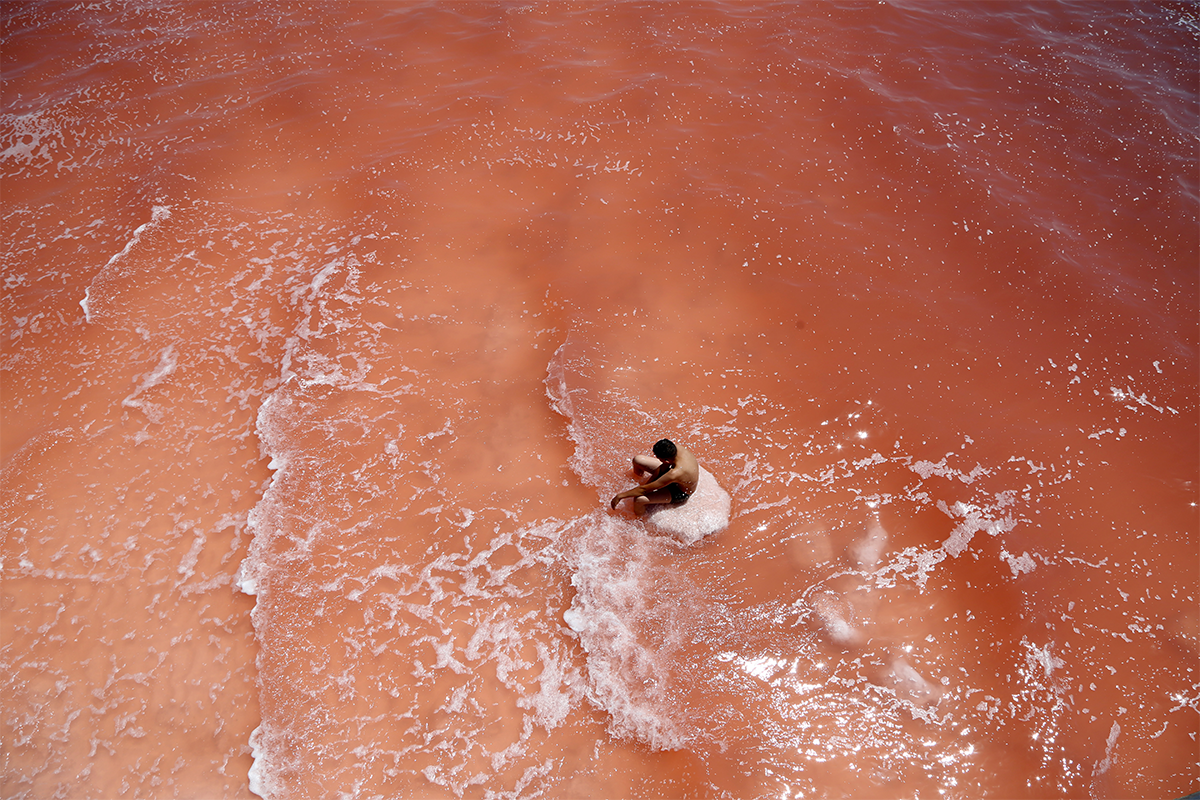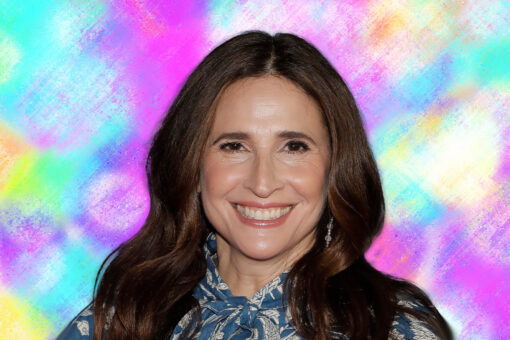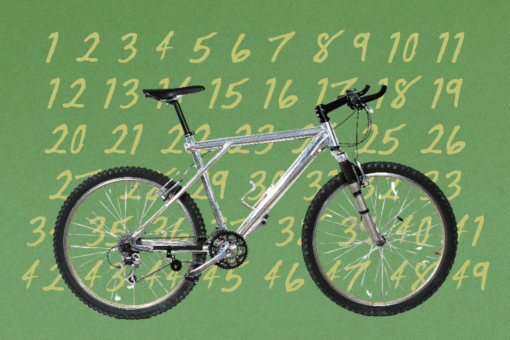“He is one of us,” my grandmother whispers to me, non-discreetly pointing at a handsome man my age at our synagogue. “Hu mishelanu.” My savta always had a thing for Mizrahi men with green eyes (don’t we all?) — she thinks they resemble her younger brother, Siman. The Hebrew word “mishelanu” can mean many things, but I know what “one of us” means: He is from the “Nash Didan” tribe. Nash Didan literally means “our people” in Lishan Didan, a Judeo-Aramaic dialect very similar to Assyrian Aramaic. This is the language my grandparents spoke to each other, and tragically did not pass on to the next generation. Instead they chose to immerse us in Hebrew, which all of their children and grandchildren now speak with near fluency. Our family was one of many that made this choice, and the dialect is nearing extinction as a result. For my grandmother, this boy, and others like him, like me, are special because we are few and far between. Our entire tribe’s population is around 2,500 members — not quite enough of us to continue marrying each other, and so the number of those identifying as Nash Didan is shrinking, not growing.
If I don’t tell the story of the Nash Didan Jews, you will never hear it. We originated in the Northwest of Iran near Lake Urmia, tracing our heritage back to the Babylonian exile. Arriving in 586 BCE, our ancestors settled in small villages in the West Azerbaijan province of Iran. My family made their home in Urmia, and many of the tribe lived in neighboring towns. Like many other mountain tribes, we managed to retain our identity, our isolation from larger cities keeping us from assimilating into Persian or Turkish culture. This is where the Nash Didan Jews remained until World War I, when many Jews, including my great-grandparents, fled to neighboring countries. My grandmother, Jeyran Oren, was born in Baku, Azerbaijan, while my grandfather, Shaliko Levy, was born in Tblisi, Georgia.
Similar to the Kurds, we do not identify with a nationality. We are neither Persian nor Turkish, living on the borders between them, though my grandparents spoke the languages of both countries. A Nash Didan Jew born in Tblisi, Georgia, like my grandfather, had far more in common with a Nash Didani born in Baku, Azerbaijan, as my grandmother was, than with another Georgian Jew. Growing up I always struggled to explain that we’re from Iran but we’re not Persian Persian, a distinction made all the more tricky because I was raised in a Jewish community that was about 50% Iranian. I didn’t understand why our rabbi was Afghani when we were not, and why every other Mizrahi ethnic group had their own synagogue, filled with others who looked, spoke, and ate like them, when we did not. I didn’t quite grasp how few of us there were, even in multicultural Queens, NY.
In the 1930s, the families of both my grandparents fled what was briefly the Soviet Union to return to Iran. My great-grandmother hitchhiked with seven children in tow. They begged truck drivers to take them, following them to whatever town they were heading to next. Eventually, this took them back to our hometown of Urmi, to Hamadan, where they slept on the roof of a bathhouse, and then all the way to the big city of Tehran, where they lived amongst the Armenian refugees, and many Nash Didanim as well. After a tragic accident left my grandmother orphaned, my grandfather, a family friend, helped smuggle her and her siblings into the newly established state of Israel along with the hundreds of Iraqi Jewish children he would secretly bring to the country. Following their IDF service, my grandfather and grandmother (by then already married) left for Brazil, and later arrived in the US, a country that too often incentivizes blending in and stripping one’s cultural identity to fit in.
Last month marked the two year anniversary of my grandfather’s passing. In his honor, the women of our family cooked traditional foods, including a special halva recipe, the strong scent of which is “necessary” to provide his soul a safe ascent to the Garden of Eden. Unfortunately, many of our communal traditions are dying with the current generation, while the young among us grasp at opportunities to reclaim them.
In this way, my cousins and I are invested in retaining our cultural identity largely through cooking — you can find some traditional recipes on the only website with any information about our people in English, most of them submitted by yours truly. At my wedding this fall, my husband threw apples at a crowd of guests to honor the Nash Didan tradition of a groom throwing apples off a roof of the bride’s home (a safer alternative).
There are some incredible young Nash Didan Israelis working on connecting our tribe on social media, preserving our language, telling our story, and singing in our dialect. We do not know what the future will bring for our people. For now, I ask only that people say the name of our tribe to others, which, for a group like mine, is more than enough.



